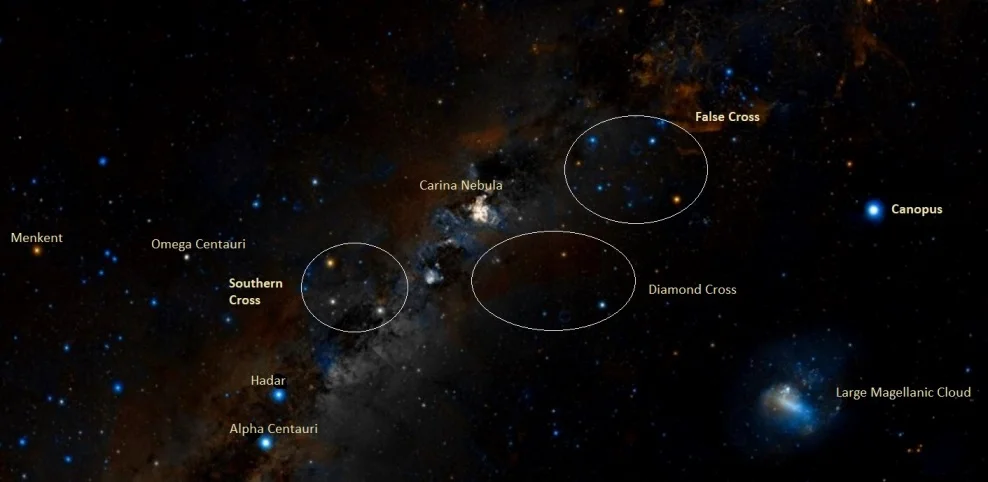81
Flat Earth Theory / Re: Why are lines of latitude longer south of the equator than north?
« on: February 05, 2021, 06:49:29 PM »Raza, if the helicopter hovered over the earth for 10 hours i bet it would still move east (opposite the earths rotation) even with normal wind conditions because the atmosphere still must trail the earth because it is a gas after all.
Do you think so? If you put a mixing rotor like a food mixer’s paddle in a bowl of water and start it going for 5 hours, does the water still spin slower than the paddle by the end? It does, because the bowl isn’t turning and that drag of the bowl slows the water down.
But with a round earth there’s nothing containing the air, so what apart from the earth drags on the air? What is to slow the air from turning with the earth, at the same turning rate as the earth?

 I make the angle of rotation around 63 degrees, so using Bob Knodel's handy aide-memoire that makes an exposure of around 4 hrs 12 minutes? That image would illustrate the wiki article quite nicely.
I make the angle of rotation around 63 degrees, so using Bob Knodel's handy aide-memoire that makes an exposure of around 4 hrs 12 minutes? That image would illustrate the wiki article quite nicely.







